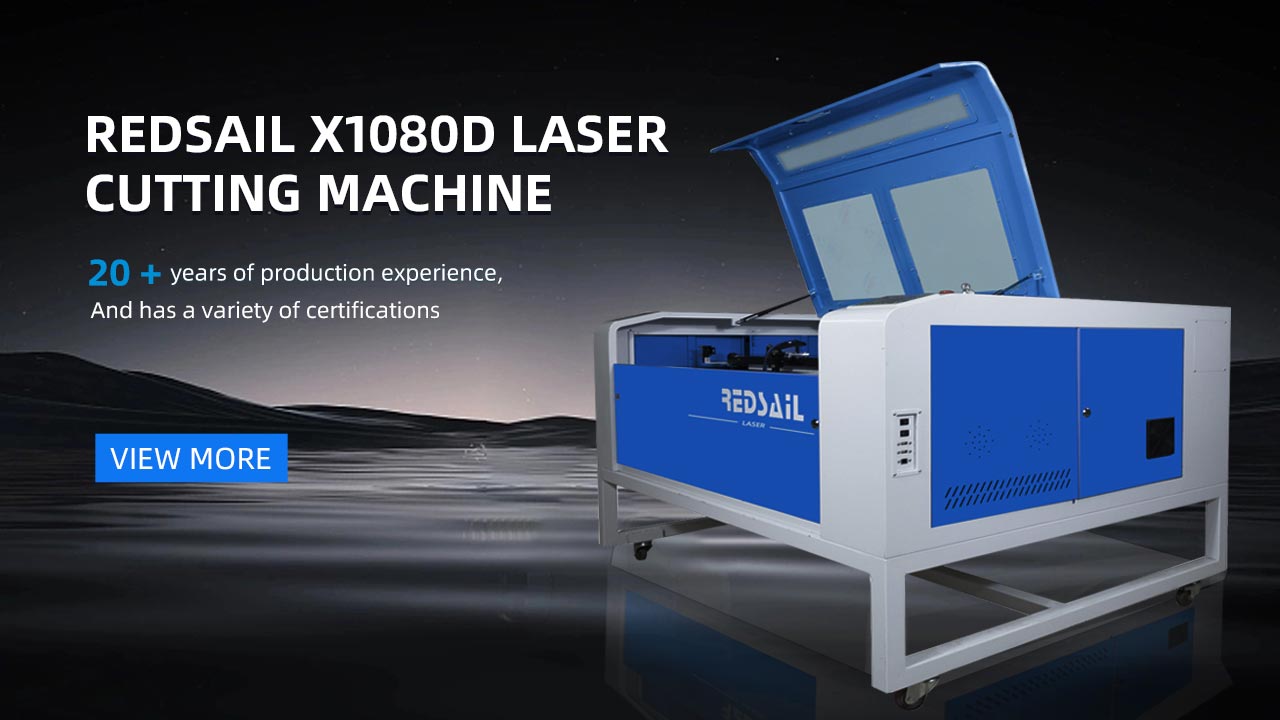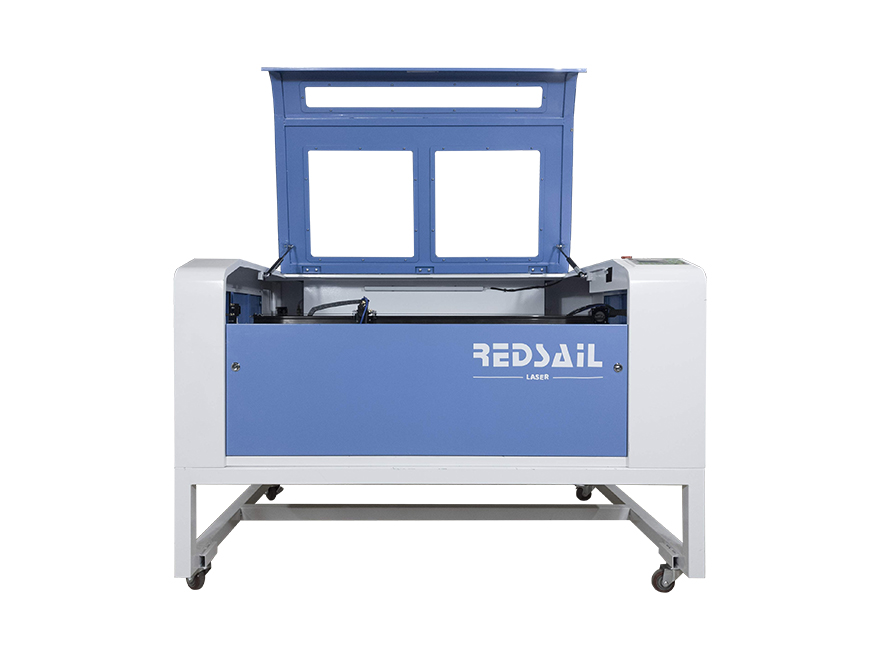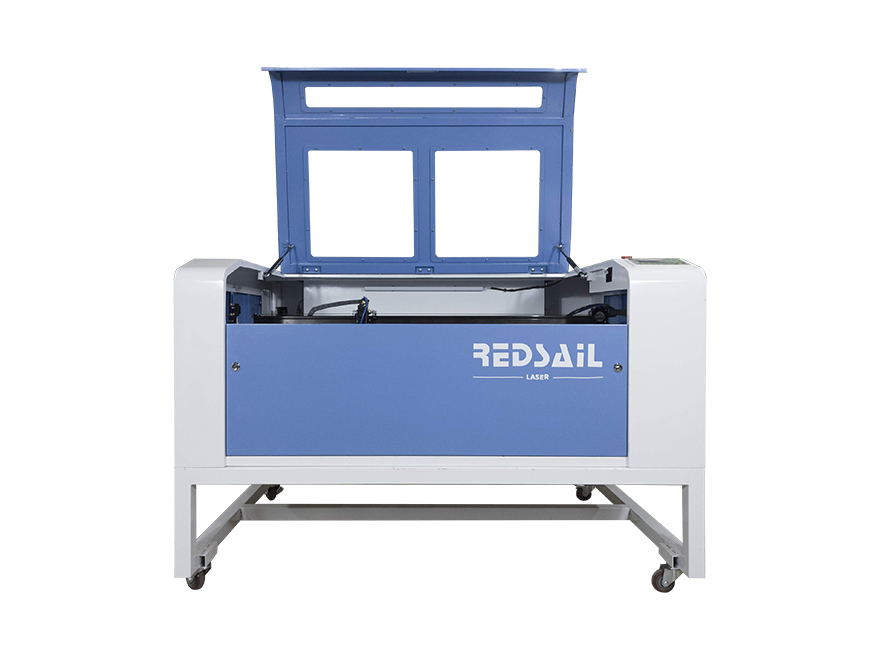Compared with traditional cutting processes such as oxyacetylene and plasma, laser metal cutting machine has the advantages of fast cutting speed, narrow cutting seam, small Heat-affected zone, good perpendicularity and smooth cutting edge. At the same time, there are many types of materials that laser metal cutting machines can cut, including carbon steel, stainless steel, alloy steel, wood, plastic, rubber, cloth, stress, ceramics, glass, and composite materials. At present, there is still a significant gap between the overall level of laser cutting technology in China and advanced countries. Therefore, laser cutting technology has broad development prospects and huge application space in the domestic market.
During the cutting process of a laser metal cutting machine, the beam of light is focused into a small focal point through the lens of the cutting head, achieving high power density. The cutting head is fixed on the Z-axis. At this point, the heat input by the beam far exceeds the heat reflected, transmitted, or diffused by the material, and the material is rapidly heated to the melting and vaporization temperatures. At the same time, high-speed airflow blows out melted and evaporated materials from the coaxial or non coaxial sides, forming holes for cutting materials. As the relative motion between the focal point and the material, the hole forms a narrow continuous slit, and the material is cut.
Due to manufacturing costs and other reasons, the laser beams emitted by civilian laser generators have a certain divergence angle and are “conical” in shape. When the height of the “cone” changes (equivalent to a change in the optical path length of a laser metal cutting machine), the cross-sectional area of the beam on the surface of the focusing lens also changes. In addition, light also has wave characteristics, which inevitably leads to diffraction phenomena, which will cause the beam to expand laterally during propagation. This phenomenon exists in all optical systems and can determine the theoretical limit values of these systems from a performance perspective. Because Gaussian beam is conical and diffracted by light waves, when the optical path length changes, the diameter of the beam acting on the lens surface changes at any time, which will cause changes in the size and depth of the focus, but has little impact on the focus position. If the size and depth of the focus change during continuous machining, it will inevitably have a significant impact on the machining, such as causing inconsistent cutting seam width and not cutting through or ablating the plate under the same cutting power.



